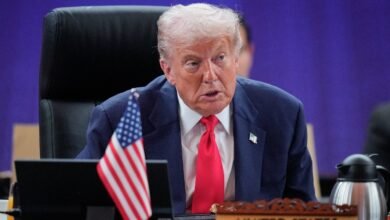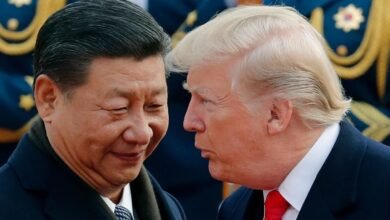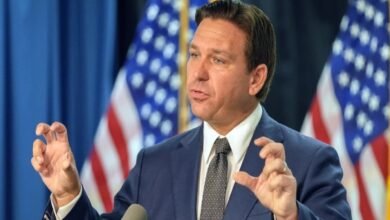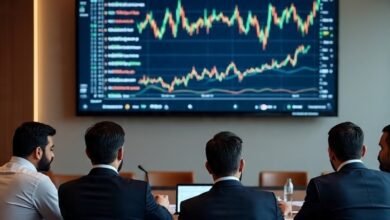In Israel’s desert, solar panels become a tool for Bedouin land rights

In Israel’s desert, solar panels become a tool for Bedouin land rights
At the end of a dusty desert road in southern Israel, a glint of silver reflects the fierce Negev sun. The source is not water—but solar panels, spread across the land of Tirabin al-Sana, a Bedouin village that’s betting on clean energy to secure its future.
These solar fields aren’t just about sustainability. For the Bedouins, who have long struggled to hold on to their ancestral lands in the face of state demolitions and political resistance, they are a strategic claim to permanence.
Built in partnership with Israeli solar companies, the installations bring more than just electricity—they bring legitimacy. According to Yosef Abramowitz, co-chair of Shamsuna, a non-profit leading these efforts, registering the land for renewable energy projects strengthens the community’s legal footing. “It secures their land rights forever,” he says. “It’s the only way to settle the Bedouin land issue and secure 100 percent renewable energy. It’s a win-win.”
Across the Negev, home to nearly 300,000 Bedouins, half live in villages the Israeli state refuses to officially recognize. In these “unrecognized” areas, over 8,500 structures have been demolished since 2023, displacing thousands of families. Yet, amid this uncertainty, solar projects are emerging as symbols of resistance.
In Abu Krinat and Um Batin, similar panels power kindergartens and homes that once relied on polluting diesel generators. “Now we have air conditioning and a projector so the children can watch television,” says Nama Abu Kaf, who works at a solar-powered kindergarten.
For the Bedouin tribes, the sun is becoming more than just a source of light—it’s a quiet but powerful protest. A statement that they exist, that they belong, and that they refuse to be erased.
As one advocate puts it: “This isn’t just about green energy. It’s about survival with dignity.” (with inputs from AFP)
– Ends
Source link



